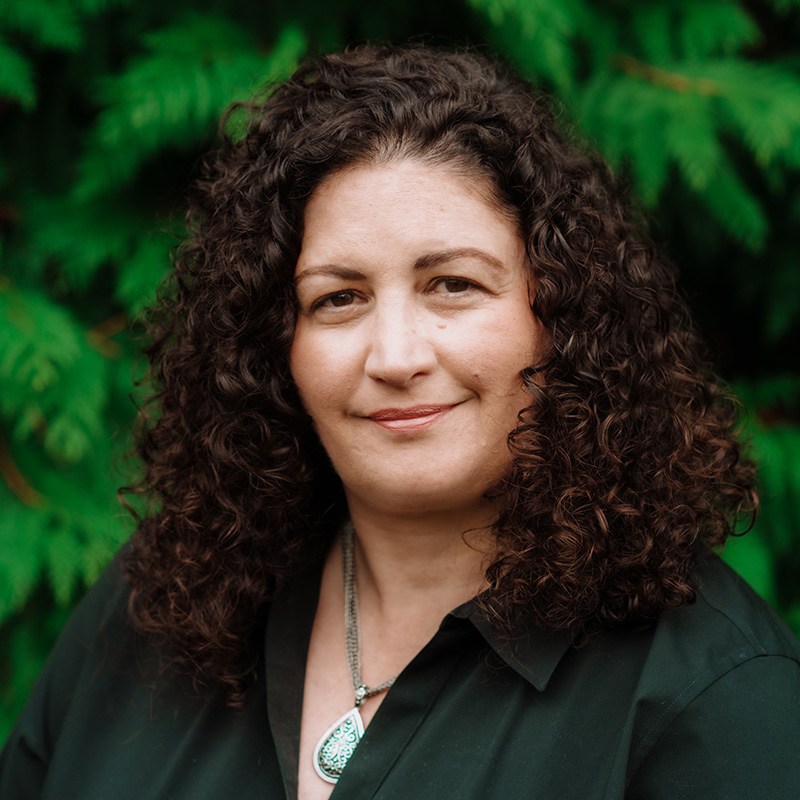
We know that traumatic events are difficult to experience and deal with in the immediate, short-term. We even know that they can stick with us for the long haul, impacting our perspectives and informing our decision-making even when we don’t realize it.
But what happens when those traumatic experiences occur in childhood? When we’re younger than eighteen and unable to identify and seek appropriate care for ourselves?
Called adverse childhood experiences, these events can have a significant impact on young people…
And their effects can last a lifetime.
What Are Adverse Childhood Experiences (ACEs)?
Adverse childhood experiences (or ACEs) are things that happen in a young person’s life before the age of eighteen that have the potential to cause trauma.
Introduced in a joint study by the CDC and health care company Kaiser Permanente between 1995 and 1997, the theory of ACEs lists ten situations that can cause long-term harm. These include:
- Physical, emotional, or sexual abuse;
- Physical or emotional neglect;
- Mental illness in the household;
- An incarcerated parent or close relative;
- Witnessing abuse toward a parent;
- Experiencing divorce; or
- Substance abuse in the household.
The definition has been expanded to include witnessing violence within the community or having a loved one attempt or die by suicide.
Exposure to death, grief, loss, or chronic illness can also contribute to childhood trauma.
Children and adolescents exposed to ACEs can struggle with mental health and suicidal ideation, substance use, and risky behaviors that lead to injury and illness like sexually-transmitted diseases, and even leave them vulnerable to sex trafficking.
Experiencing ACEs leaves young people vulnerable to the effects of childhood trauma in adulthood. These include chronic health issues, substance abuse, and mental health challenges like anxiety and depression. Exposure to ACEs can also negatively affect things like ability to access and excel in educational settings and career opportunities.
The Science Behind ACEs
Not every child exposed to an adverse childhood experience will struggle in the long term. If the proper supports and care are available, traumatic childhood events can be processed and moved forward from, just like any other.
But longer-term exposure to traumatic experiences—like domestic violence, abuse, the substance use of a caregiver, etc.—and a lack of appropriate supports can keep a young person’s stress response system activated for a long period of time. Often likened to revving a car engine over and over again, this kind of stress can cause significant wear and tear on the body. Thus, it’s been termed “toxic stress.”
Toxic stress has far-reaching, negative effects on brain development, the cardiovascular system, the immune system, and more.
The Effects of Childhood Trauma in Adulthood
Young people who experience ACEs may develop ways of coping early on. And while those strategies may have some degree of effectiveness while in the harmful environment, they may begin to limit that child’s ability to thrive outside of it.
For example, kids may become very adept at assessing the moods and behaviors of the people around them. This helps them anticipate any abusive behavior and engage in coping mechanisms like people-pleasing or even hiding to keep themselves safe.
But later on, this hypervigilance may make it difficult for young people to relax or to trust other adults. It may become a barrier to forming close, healthy relationships with other potential caregivers, peers, or partners.
Young people with these experiences may disassociate, have difficulty managing emotions, struggle with impulse control, and even have cognitive difficulties.
Long-term health and wellness challenges are a strong possibility for kids who’ve experienced ACEs, as is a lack of belief in their own ability to overcome and succeed.
Supporting Children Who’ve Been Exposed to ACEs
The best solution for ACEs is prevention. Making sure that young people don’t struggle with abuse, neglect, or violence is the key to avoiding the lifelong consequences of exposure.
According to the CDC, there are six primary strategies for creating the kind of stable, healthy environments where children can thrive. They are:
- Strengthening economic supports to families, including supporting financial security and employment policies that account for and bolster caregiving efforts;
- Promoting social norms that don’t amplify and condone violence and adversity;
- Ensuring strong starts for children, including high-quality early childhood care;
- Teaching skills like social-emotional learning, healthy relationships, and parenting;
- Connecting young people to nurturing adults and safe, enriching activities like after-school programs staffed by mentors; and
- Encouraging interventions like enhanced primary medical care, victim services, individual therapy, and family therapy.
In order for true, long-term change to happen, our collective focus must shift from the individual to the community. In the United States, we’ve moved away from the idea of the “village” and caring for each other. Instead, we tend to be socially and emotionally isolated, and families are expected to be wholly self-sufficient in many ways.
But this isn’t sustainable when it comes to the long-term health of our families, our children, or our communities. And if we want to lessen the occurrence and impact of ACEs, we must think about collectively supporting children as they grow into adulthood.
Overcoming the Effects of Childhood Trauma in Adulthood
Right now, ACEs are an unfortunately common occurrence. In a CDC survey of adults across twenty-five different states, approximately 61 percent reported experiencing at least one kind of ACE before turning eighteen. Almost 17 percent reported having experienced four or more.
The damage is significant—but it’s not always irreparable. The key lies in “retraining” our brains and calming our nervous system overall.
Therapy with a qualified, experienced therapist is the number one way to process our history of ACEs and begin to heal our bodies and minds. We can learn to talk about and shift our understanding of our experiences and form trusting therapeutic relationships with our therapists.
Psychotherapy can even cause positive change at the molecular level, where we’re impacted by stress, PTSD, and ACEs.
You can choose to work with therapists who specialize in trauma, grief, or even a treatment modality like EMDR, which uses eye movements to help replace the negative emotions associated with the memory of traumatic experiences.
Approaches like mindfulness, journaling, and awareness-building exercise like yoga can be great complements to therapy, as well.
Take the ACE Questionnaire
If you suspect you or your child have been exposed to ACEs, consider taking the original ACE questionnaire to learn more.
Remember that overcoming these experiences can feel overwhelming—but healing is possible.
If you’re a resident of New Jersey or New York, reach out today to schedule an initial consultation.
If you’re located in another state, search for a trauma therapist near you who can guide you through the process of exploration and healing.




